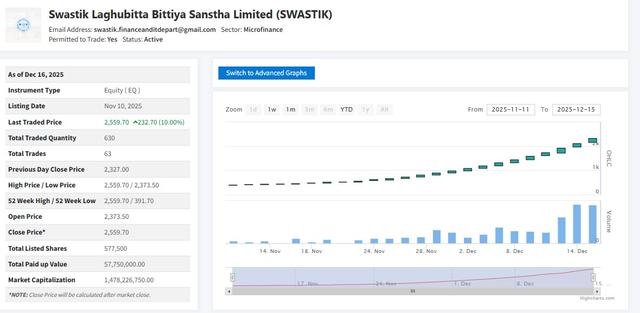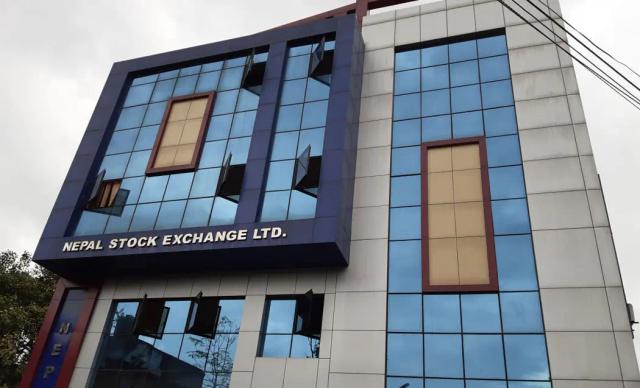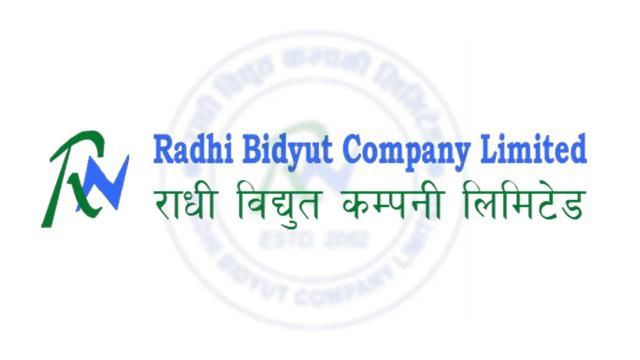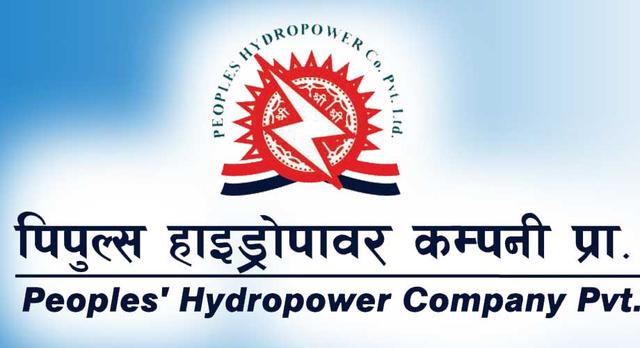Nepal’s Economy: Stability with Lingering Challenges
Author
NEPSE TRADING
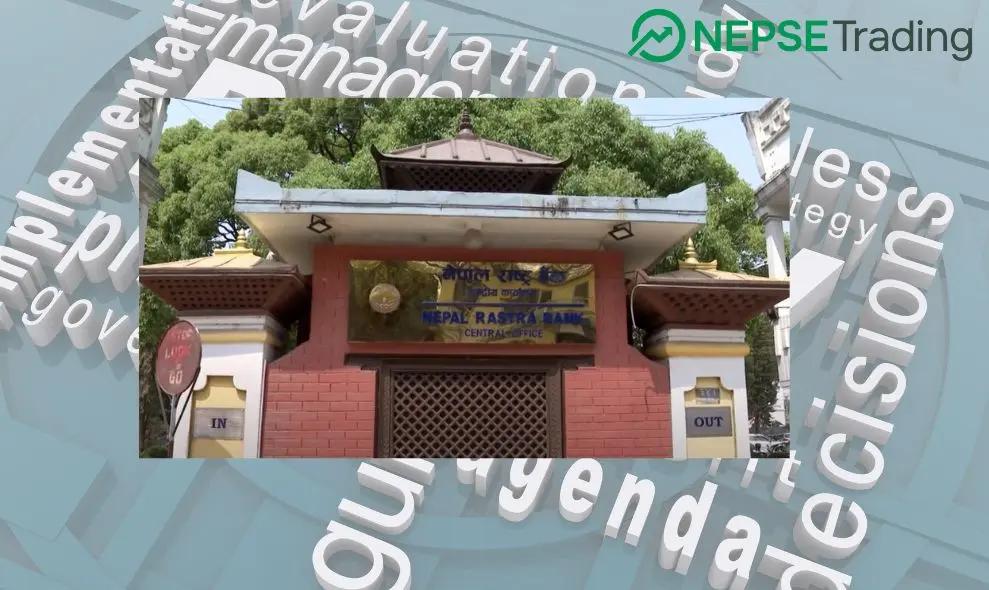
Kathmandu, September — The first month of the fiscal year 2082/83 has given mixed signals for Nepal’s economy. Data published by Nepal Rastra Bank (NRB) shows encouraging trends in inflation, foreign exchange reserves, remittance inflows, and government revenue. Yet, concerns remain in areas such as sluggish private sector credit, reliance on imports, and weak capital expenditure.
Inflation Under Control
Consumer price index (CPI)-based inflation stood at 1.68 percent on an annual point-to-point basis. Compared to previous years, when inflation often exceeded 6–7 percent, the current figure appears much lower, giving relief to consumers. However, Nepal’s import dependency means global price shocks could quickly push inflation higher in the coming months.
Foreign Exchange Reserves Strengthened
Nepal’s foreign exchange reserves reached NPR 2.806 trillion (USD 20.03 billion), enough to cover 16.6 months of imports of goods and services. This indicates that Nepal’s external position remains stable and that the Nepali rupee faces no immediate pressure.
Remittance Inflows at Record Levels
In just one month, Nepal received NPR 177.41 billion in remittances, marking a nearly 30 percent increase in NPR terms (25 percent in USD). Migrant workers in Gulf countries and Malaysia continue to be the backbone of Nepal’s economy. While this surge provides liquidity and supports consumption, economists warn that heavy dependence on remittances makes the economy vulnerable to external shocks in host countries.
Trade: Exports Rising, Imports Still Dominant
Exports surged by 95.7 percent, while imports rose by 11.4 percent. The sharp rise in exports suggests renewed activity in industries such as garments, carpets, and agro-products. Still, the large import bill continues to overshadow export earnings, keeping the trade deficit a persistent problem.
Government Revenue Surpasses Expenditure
In Shrawan, the government mobilized NPR 84.47 billion in revenue while spending only NPR 46.31 billion. This resulted in a positive cash balance, a welcome sign for fiscal management. Yet, the slower pace of capital expenditure signals delays in development projects, which could weigh on long-term economic growth.
Banking Sector: Deposits and Credit Decline
Deposits at banks and financial institutions fell by 0.8 percent, and credit to the private sector contracted by 0.1 percent during the month. Year-on-year, however, deposits grew by 12.5 percent and credit by 8 percent. The short-term contraction suggests low demand for loans and cautious lending policies by banks, pointing to weak private investment sentiment.
Interest Rates Remain Moderate
The interbank interest rate averaged 2.75 percent, the 91-day Treasury Bill rate stood at 2.65 percent, while commercial banks’ average deposit rate was 4.02 percent and the lending rate was 7.76 percent. Despite relatively moderate rates, private sector borrowing has not picked up, showing that lower costs of credit alone are not enough to spur investment without confidence in the overall economy.
The first month of FY 2082/83 highlights both strengths and weaknesses. On the positive side, Nepal has controlled inflation, strong foreign reserves, robust remittance inflows, and higher revenue collection. On the negative side, private sector credit is sluggish, deposit growth has slowed, imports remain high, and capital expenditure is weak.
If remittance inflows remain strong and the government accelerates development spending, Nepal’s economy could gain momentum. But without stronger private investment and reduced reliance on imports, the stability seen in early indicators may not translate into sustainable growth.
